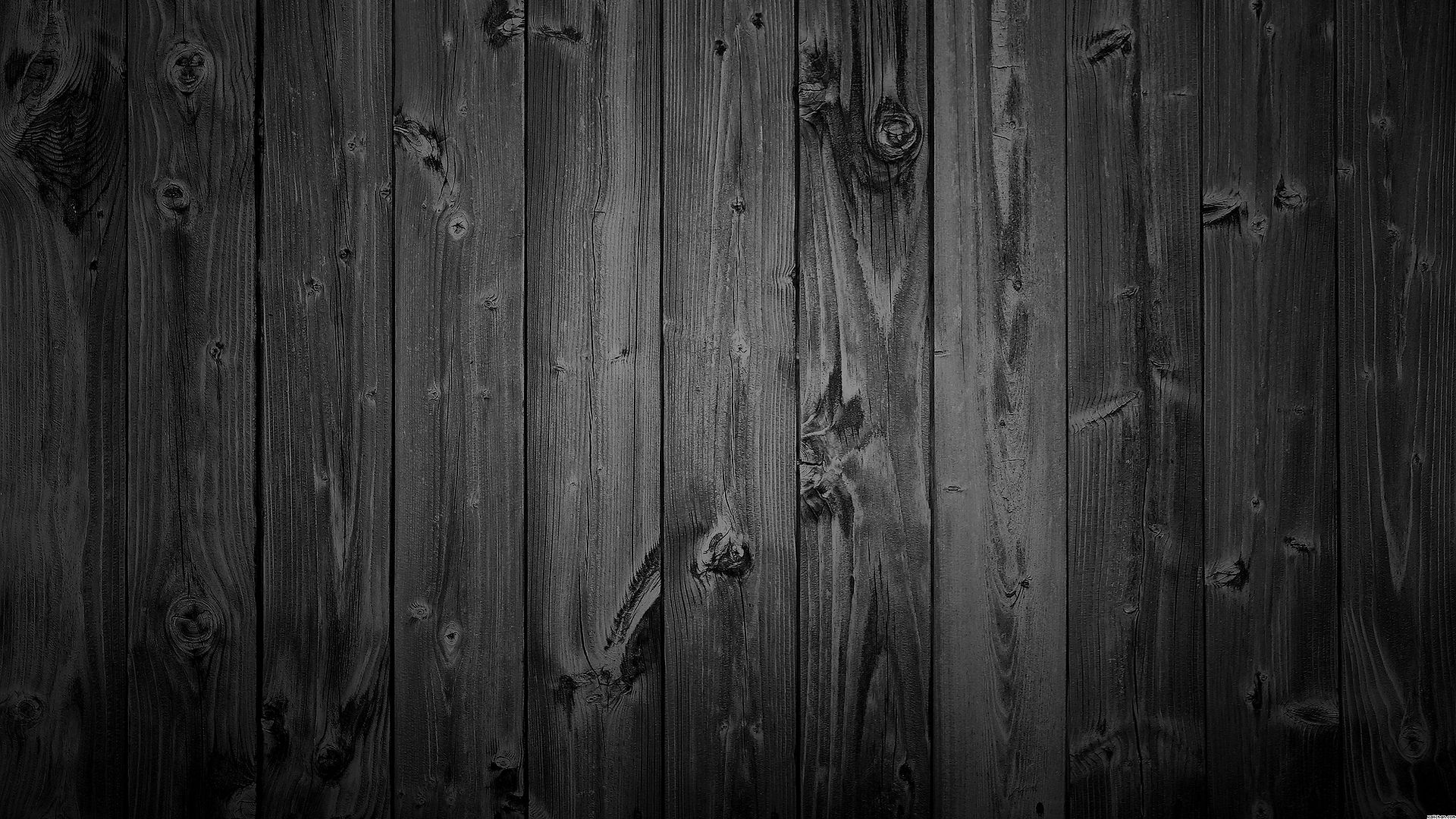The Global Economy & the Raccoon in My Attic
- Total Wildlife Solutions

- Mar 20, 2016
- 3 min read

Did you know the weather and the economy on the other side of the world has an impact on the raccoon in Southwest Missouri that decided to move into your attic? We all know that the world is increasingly becoming more connected by the internet, social media and global markets, but how does the weather or economy in Russia or China increase the need for nuisance wildlife removal in Joplin, Neosho and Carthage? There is actually a very simple answer and it has its roots in an industry that has been around for centuries. One that funded the exploration and settlement of the western United States. An industry that today provides warm clothing around the world while effectively managing wildlife in North America. It's the fur industry.
Fur trapping has been around for centuries and is still the livelihood for many men and women in America. Fur is one of the few renewable resources that we (the United States) exports to other parts of the world, in fact with all the outsourcing that American industries have done, fur is one of the few things that China still buys from us. So how is the fur industry related to the raccoon you have in your attic? Well, raccoon pelts are one of the items that Russian and Chinese garment makers buy at auction from American trappers. The more pelts that Russia and China need the higher the price for a pelt and the more motivation trappers have to head out in the cold and harvest them during the trapping season. The removal of animals from the population by trappers in turn creates a healthier and more stable population in a given ecosystem by controlling the number of animals consuming the essential resources of the ecosystem, like food and shelter. When demand for fur drops so does the price per pelt and with it the motivation for a trapper to spend time, energy and money to harvest the raccoon. With fewer trappers harvesting raccoons it doesn’t take long for the unchecked population to get out of hand to where there just aren’t enough resources in a given ecosystem to support the population. So many animals are forced to look for food and shelter in new places, which will result in raccoons in your attic, under your porch or in your garage, eating your trash, pet food or from your bird feeders.
The current fur market is considerably down this year, with many of the international auction houses showing raccoon pelts as “unsalable” or “unmovable”. The NAFA, one of the largest international fur auction houses, recently released a report that contained the following statements.
“As we have indicated in the past, we are faced with a series of exceptionally difficult challenges, including:
Unseasonably warm weather in December in many of the important markets across the globe.
Political unrest in Russia, and the Ruble suffering to less than half of its value from early last year, effectively flattening the consumer market in that country, including wild fur.
The instability of the global stock markets, including China, and the financial unease that continues to follow.
The combination of these factors is having a major impact on the price of most wild fur articles, especially those in large volume. Raccoon and Beaver met greater challenges during the sale. Raccoon struggled to find acceptable market levels and were mostly withdrawn.”
The fact that most fur buyers are not buying raccoon pelts at all and the auction houses have been unable to move the inventory they currently have, discourages many trappers from targeting raccoons. Without fur trappers harvesting raccoons and managing the population it is inevitable for us to begin to see increases in human-wildlife conflicts in both rural and urban areas; and not from just raccoons. Raccoons eat many of the same things as opossums, skunks, mink, fox and coyotes. With a limited amount of resources in any given ecosystem and as raccoon numbers go unchecked those resources are more quickly depleted leaving a variety of species searching for new sources of food and shelter. Other species that will be impacted by increases in unchecked raccoon populations include wild turkeys, quail, pheasants and ducks, whose eggs and young are common parts of a raccoons diet, especially in the spring when raccoons are raising their young and need easily accessible, high protein food sources.
So if you find a raccoon living in your attic, raiding your bird feeder or tipping over your trash can know that you are not alone and without the men and women who trap helping manage the wildlife in the area, these kinds of human-wildlife conflicts will become increasingly common.
To learn more about raccoons and other native species visit our resources page. If you are experiencing a problem with wildlife damaging your property and being a nusiance visit our solutions page to see what options you have to resolve your human-wildlife conflict.




































Comments